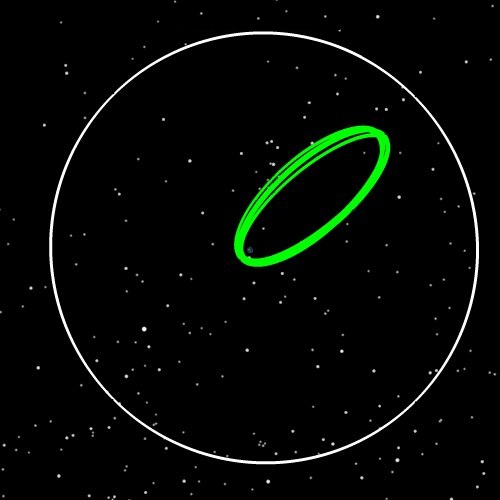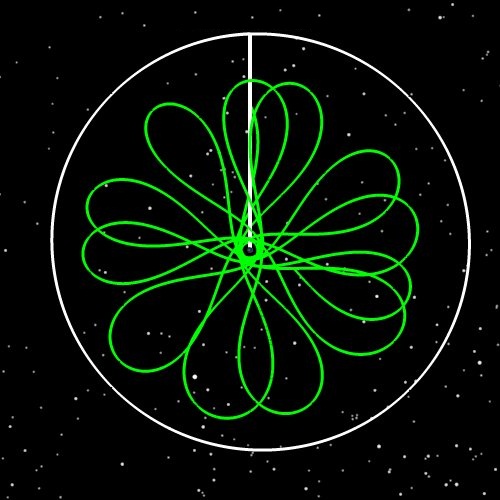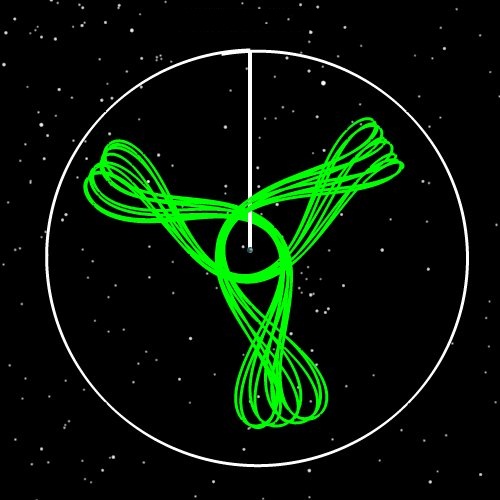For the whole story, check out the June 24th, 2011 mission update by Dave McComas on the Official IBEX Web Site (ibex.swri.edu) .
The real challenge was to find an orbit that we could control for a long time. The original orbit could only be predicted for about 3 years. Cislunar space is a crazy place to try and fly a long-term trajectory; the slightest change in initial conditions can cause completely different trajectories years later. Because IBEX’s original orbit was often closer to the Moon than to the Earth, it was performing gravity assists regularly. The uncertainty in our initial conditions from orbit estimation knowledge and attitude re-pointing maneuvers would cause nearly identical trajectory predictions to eventually experience different gravity assist geometries, and the slightest change in that geometry during the encounter causes huge differences in the subsequent trajectory. Some predictions would hit the Earth (not a good thing for most space missions, by the way) and others would escape the Earth-Moon system (great for science, but not so good for communicating with a spacecraft designed to stay close to Earth.) Our new orbit keeps the apogee away from the Moon and has reduced the sensitivities. We can now predict this trajectory well beyond 11 years now so we can get the full Solar Cycle.
Here is our original trajectory in an Earth-centered Inertial (Mean Earth Equator and Mean Equinox of J2000.0) Coordinate system:
The Earth is hard to see, but it is in the center, and the white circle is the Moon’s orbit. Now here it is in the Earth-Moon Rotating coordinate system; note the apogees that come close to the Moon:
In this rotating system the Earth and the Moon are both pretty much fixed (although the Moon moves up and down a bit because of its orbit’s eccentricity). The Earth is still in the center, and the Moon at the top of the white circle. The white line connects the Earth to the Moon (Don’t look for that with your telescope).
Here is our new orbit in Earth Inertial – not really all that different from the original (just a slightly larger semi-major axis and higher radius of perigee):
And here it is in the Earth-Moon rotating frame:
Note that the apogees stay far away from the Moon, so the gravity assists are much weaker. The spacecraft is always very near perigee when it crosses the Earth-Moon line. (And, no, the spacecraft trajectory is not perturbed by that big white line.)
For more information on the IBEX Flight Dynamics, check out the white papers at the Applied Defense Solutions website.



